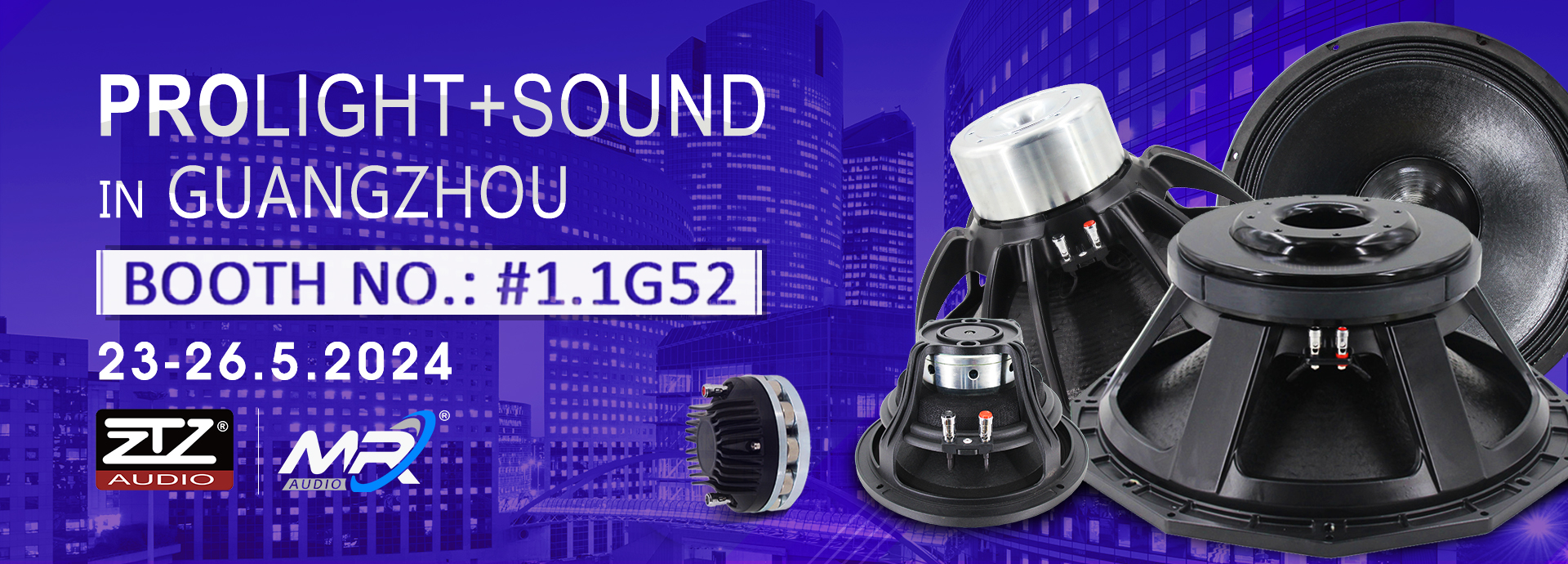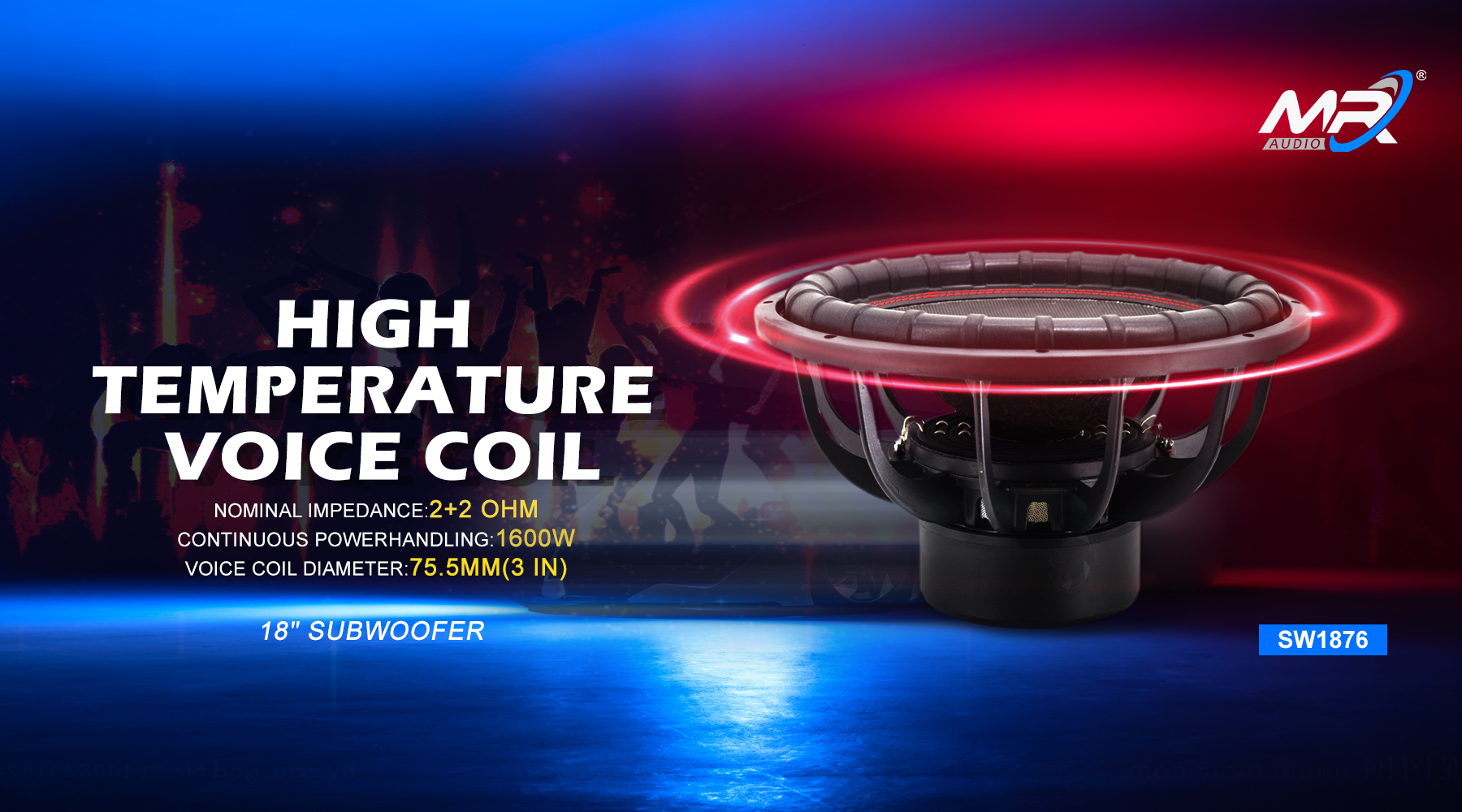1.Subwoofer capacitor burnt out
The shell is deformed and bulged.It means that the insulating medium or electrode inside the capacitor must be damaged, and it should be stopped immediately, scrapped and replaced with a new one.
2.What is the most likely place for a subwoofer to break?
The most vulnerable part of a subwoofer to damage is usually its power amplification section.
In the automotive environment, since the subwoofer needs to withstand high power, the switching booster power supply, amplifier board, and woofer will generate a large amount of heat, which may cause these components to be damaged due to overheating. In addition, bumps in the vehicle environment may also cause damage to the circuit board. Another common area of trouble is the preamplifier or low pass filter section. Sometimes the problem can be noise caused by poor performance of the prechip. This noise enters the bass after being amplified by about 6 times the ratio of R17/R18. If the gun horn is damaged, it can be replaced directly, but it should be noted that the size and impedance of the new horn should match the original horn, and the power should not be less than the original power. At the same time, the sensitivity of the new speaker and the location of the mounting holes also need to be considered to ensure sound quality and ease of installation.
A preamplifier is an electronic device that sits between a signal source (such as a microphone, musical instrument, etc.) and the subsequent amplifier or processing device. Its main functions include:
1. Signal amplification: The preamplifier accepts weak signals and amplifies them to a sufficient level so that subsequent equipment can effectively process them.
2. Noise control: While amplifying the signal, the preamplifier may introduce additional noise. Low noise preamplifiers are designed to minimize the noise figure, thereby reducing the impact of noise.
3. Signal conditioning: Preamplifiers are usually equipped with functions such as volume control, tone adjustment and equalizer, allowing users to adjust the characteristics and performance of audio signals.
4. Signal processing: Some preamplifiers also include signal processing functions such as filters, phase correction, delay control, and reverberation to improve the quality and effect of the audio signal.
5. Headphone driver: The preamplifier has a headphone driver function, which can connect headphones and provide sufficient driving force to drive high-impedance headphones.
The preamp workflow typically involves a level signal generated by a microphone or instrument, typically brought up to line level by a preamp, and then transmitted to a power amplifier or outboard device. In some cases, the preamplifier is also responsible for controlling the signal level and isolating external interference that may cause noise in the signal path. It’s important to note that a preamplifier is not a panacea and cannot solve all audio problems. Its role is to add icing on the cake and improve the sound quality, rather than changing the nature of the sound. When using a preamplifier, make sure the gain is kept at an optimal value to avoid clipping due to overly large signals, resulting in the cleanest, clearest signal possible.
3.How to fix broken subwoofer sound
The method to repair a broken subwoofer usually involves the following steps:
1. Check the power supply and connection: Make sure the subwoofer’s power connection is normal and the plug and socket are not loose or damaged. Check that the audio connection is secure and not disconnected or damaged.
2. Adjust volume and settings: Make sure the subwoofer’s volume is set correctly. If the volume is too low, the bass effect may not be heard.
3. Check the signal source: Make sure the audio signal source device (such as audio receiver, speaker, etc.) is set correctly, and turn on or set the bass output option.
4. Check the subwoofer itself: If the problem persists, you may need to check the components and circuitry of the subwoofer itself. If the user has experience repairing electronic equipment, he or she can try to check and repair possible circuit or component problems. Otherwise, it is recommended to ask professional technicians or authorized service centers for repairs.
5. Check the speaker: If the speaker is damaged, it may need to be replaced. Check whether there is a gap between the edge of the speaker and the speaker for air leakage. This may cause a short circuit of sound waves in the front and rear of the speaker, resulting in cracked sound. If there is a gap between the edge of the speaker and the speaker, you can try to use a wooden strip or other material to place it between the back of the speaker magnet and the speaker shell. Use the pressure from the box to the speaker to make the gap between the edge of the speaker and the speaker closer.
6. Check the circuit and wiring: Check the circuit and wiring of the subwoofer speaker to see if there is any looseness, short circuit or other circuit problems. If problems are found, the circuit of the subwoofer speaker needs to be resoldered or repaired.
7. Replace the voice coil: If the entire voice coil is damaged or burnt scorch marks can be seen, you can directly replace the voice coil. When replacing, pay attention to the voice coil resistance and parameters.


